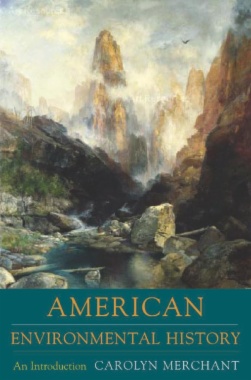

Data sharing can accelerate new discoveries by avoiding duplicative trials, stimulating new ideas for research, and enabling the maximal scientific knowledge and benefits to be gained from the efforts of clinical trial participants and investigators. At the same time, sharing clinical trial data presents risks, burdens, and challenges. These include the need to protect the privacy and honor the consent of clinical trial participants; safeguard the legitimate economic interests of sponsors; and guard against invalid secondary analyses, which could undermine trust in clinical trials or otherwise harm public health.
Sharing Clinical Trial Data presents activities and strategies for the responsible sharing of clinical trial data. With the goal of increasing scientific knowledge to lead to better therapies for patients, this book identifies guiding principles and makes recommendations to maximize the benefits and minimize risks. This report offers guidance on the types of clinical trial data available at different points in the process, the points in the process at which each type of data should be shared, methods for sharing data, what groups should have access to data, and future knowledge and infrastructure needs.
Responsible sharing of clinical trial data will allow other investigators to replicate published findings and carry out additional analyses, strengthen the evidence base for regulatory and clinical decisions, and increase the scientific knowledge gained from investments by the funders of clinical trials. The recommendations of Sharing Clinical Trial Data will be useful both now and well into the future as improved sharing of data leads to a stronger evidence base for treatment. This book will be of interest to stakeholders across the spectrum of research—from funders, to researchers, to journals, to physicians, and ultimately, to patients.